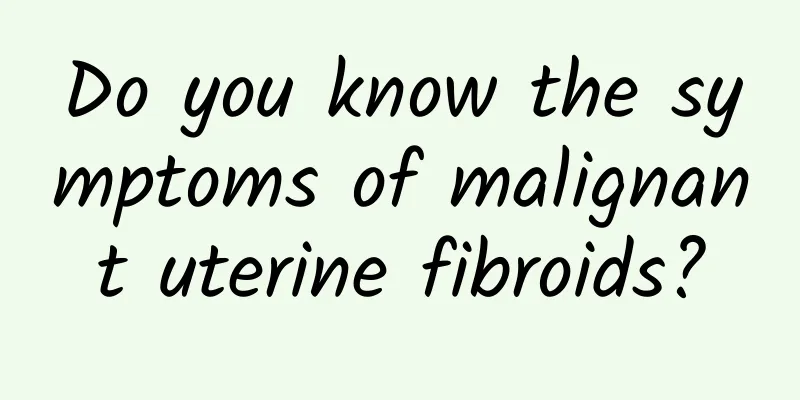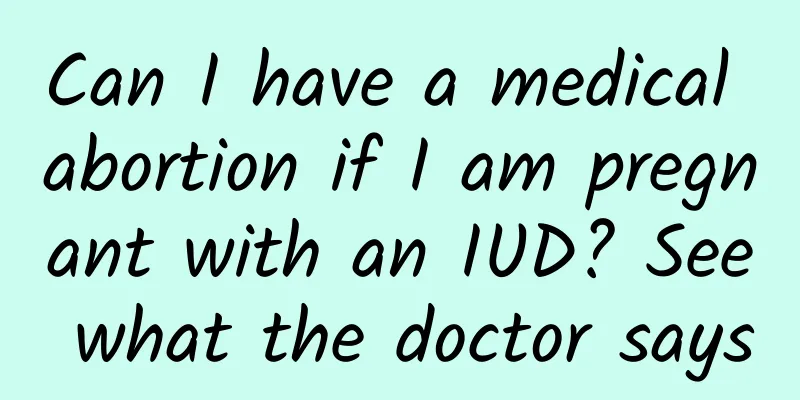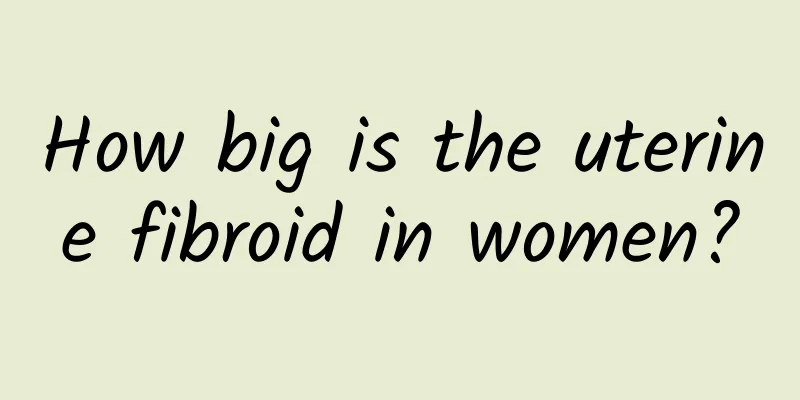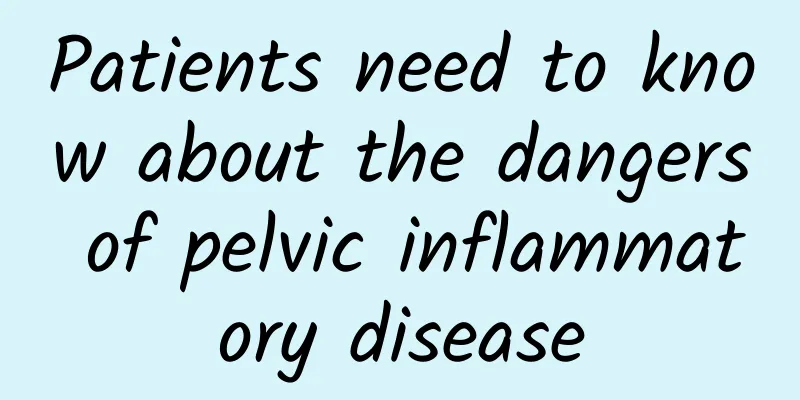Are multiple uterine fibroids benign tumors? What is the treatment for multiple uterine fibroids?
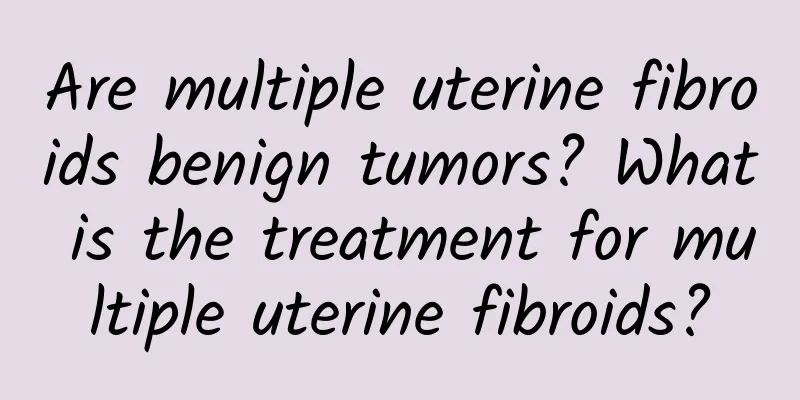
|
Generally speaking, medicine develops rapidly, and many diseases can be treated well. At present, the number of patients with uterine fibroids is increasing, and there are many types of uterine fibroids, such as multiple uterine fibroids. So what is the treatment for multiple uterine fibroids? Multiple uterine fibroids are a type of uterine fibroids. Multiple uterine fibroids are the most common benign tumors in the female reproductive system, and they mostly occur between the ages of 35 and 50. Uterine fibroids are usually multiple, and the above different types of fibroids can occur simultaneously in the same uterus, which is called multiple uterine fibroids. According to statistics, about 20% of women over the age of 35 suffer from multiple uterine fibroids, but most patients fail to detect them because the fibroids are small and asymptomatic. Clinically, the incidence of fibroids is only between 4% and 11%. At present, the main methods for treating multiple uterine fibroids are drug therapy and surgical treatment, as follows: 1. Drugs: Traditional Chinese medicine is ineffective in treating uterine fibroids. It can only forcefully lower estrogen levels and relieve the symptoms of uterine fibroids, but it cannot cure the disease and has serious side effects. 2. Surgery: Myomectomy or hysterectomy is effective quickly, but if the root cause of endocrine disorders cannot be changed, uterine fibroids may recur. The most important thing for uterine fibroids is to detect them in time and have surgery as soon as possible. In fact, fibroids are a benign disease. With today's medical level, it is not necessary and should not be removed from the uterus. Minimally invasive techniques are very popular. Submucosal fibroids can be removed vaginally without incisions; subserosal fibroids and intramural fibroids can be removed laparoscopically, with a maximum incision of 1 cm in the abdominal wall. Therefore, young or asymptomatic patients with fibroids should not wait for the fibroids to grow or develop symptoms before undergoing surgery. The smaller the fibroids, the less trauma to the uterus. Once the fibroids exist, they will grow larger and larger. Any drug treatment will not work. Embolization and self-coagulation knives are prone to intestinal damage, bleeding, and recurrence. It is best to remove it as soon as possible. Endocrine regulation after surgery is the perfect strategy. |
<<: How to treat uterine fibroids? How to treat uterine fibroids with traditional Chinese medicine?
Recommend
What if my period came two weeks early?
What if my period comes two weeks early? Menstrua...
I started to have lower abdominal pain 10 days before my period.
I started to have lower abdominal pain 10 days be...
What are the common symptoms of chronic pelvic inflammatory disease?
What are the symptoms of chronic pelvic inflammat...
What causes uterine fibroid pain? What causes uterine fibroid pain?
What causes uterine fibroid pain? Uterine fibroid...
Loving to eat sweets not only makes you fat, it also hurts your heart! Nutritionist You Weiming: 2 tips to avoid sugar harm
When the weather is hot, many people like to sip ...
What are the dangers of bacterial vaginosis
Candidal vaginitis must be treated early. Only ea...
What to do if you have irregular menstruation after childbirth
What should I do if I have irregular menstruation...
The secrets of how to beat the year-end fat
There are many birthday parties at the end of the...
Why do women have anovulatory functional uterine bleeding?
In a normal menstrual cycle, the hypothalamus pro...
5 minutes of free time to lose weight! Wash your face and brush your teeth and do these 3 tricks to lose weight
If you want to build a physique that is easy to l...
What causes cervicitis and how to treat it
Cervicitis refers to an inflammation of the cervi...
Can I have sex before uterine fibroid surgery? How should I take care of myself before uterine fibroid surgery?
If women want to achieve the ideal effect of uter...
Differences between follicular cysts and ovarian cysts
The difference between follicular cyst and ovaria...
Prioritize the issue of US beef, and send two articles to the esophageal law
The Executive Yuan will pass the "Food Sanit...
What are the causes of cervical erosion? Women should be alert to these causes of cervical erosion
I believe that many women usually pay more attent...


